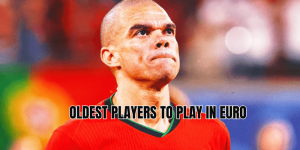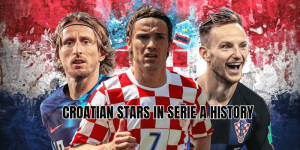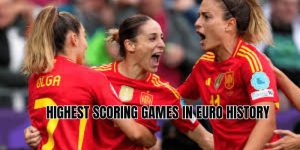The UEFA Champions League (UCL) is the dream for clubs and players across Europe. But when was UCL created? That question holds more nuance than you might expect—and KorKick is here to unravel it.
For many fans, the Champions League has always existed in its current form. But like all legends, its origin is layered: it evolved, transformed, and rebranded. Below, we dive into its roots, its rebirth, and the milestones that turned a European tournament into the sport’s grandest stage.
Origins: The Birth of a Continental Cup
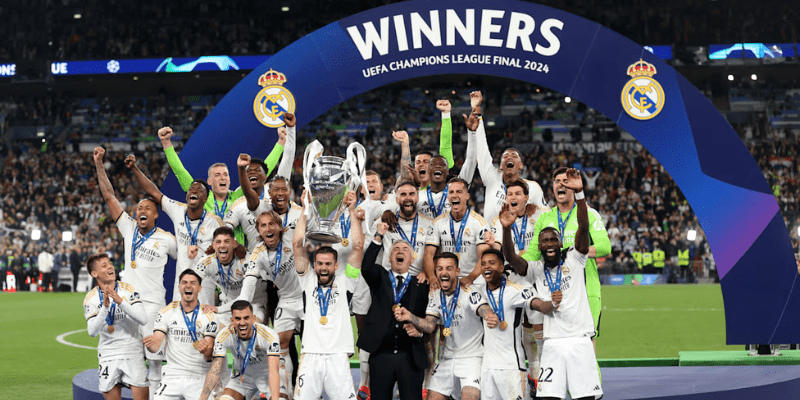
To answer when was UCL created, we must first look to 1955. That year, UEFA introduced the European Champion Clubs’ Cup—often referred to simply as the European Cup—marking the first pan-European club tournament.
This was football’s bold experiment: bring together national league champions across Europe into a knockout competition. Sixteen clubs joined the inaugural 1955–56 edition. Over time, the competition grew into a symbol of continental supremacy, delivering iconic matches, legendary goals, and dynasties built in white, red, and blue.
So in its most literal sense, the tournament that later became known as the UCL first began in 1955. But there’s more to the story.
Rebirth:, European football was shifting—economically, commercially, and structurally. Big clubs wanted more games, more TV revenue, and more exposure. The pure knockout format felt limiting.
The pivotal transformation came in 1992–93. UEFA rebranded the European Cup into the UEFA Champions League, introducing a group stage and modernizing its structure. The knockouts remained, but now clubs had to battle through mini-leagues, giving more guaranteed matches and revenue for participants.
This rebrand is often cited as the birth of the UCL as we know it today. In many historical accounts, this is the precise moment when the “Champions League” name and format were born.
In essence:
- 1955: European Cup begins (precursor to UCL)
- 1992: European Cup transitions into Champions League format
So depending on context, when was UCL created might refer to either its earliest origin (1955) or its current incarnation (1992). At KorKick, we take both as valid interpretations.
Key Milestones In UCL History

The evolution of the Champions League is marked by many turning points. To fully appreciate its depth, here are some crucial milestones:
| Year | Milestone | Significance |
| 1955 | European Cup founded | First pan-European club competition |
| 1960s–70s | Dominance by Real Madrid, Milan, Ajax | Establishes elite legacies |
| 1991–92 | First group stage introduced | Testing the seeds for the new format |
| 1992–93 | Champions League era begins | Official rebrand and structural overhaul |
| Late 1990s | Allow non-champions from top leagues | Opens competition to multiple teams per country |
| 2003 onward | Commercial boom, TV deals, expansion | Global branding and escalation of revenue |
| 2024 (and beyond) | New formats & proposals | Further expansion and format tweaks |
One landmark: the 1991–92 European Cup was the last season before full rebrand—and it already featured group stage elements, a precursor to the later format. That transitional year signaled UEFA’s shift in mindset.
As decades passed, more clubs from wealthy leagues were admitted—even if they weren’t champions—heightening competition but also stirring debates about fairness and elitism.
Why The Transition Took Place
The question when was UCL created must also consider why the transformation occurred. Here are core drivers behind the redevelopment:
- Commercial Growth & TV Rights
- More matches meant more broadcasting opportunities, and more revenue. UEFA and its clubs saw a chance to monetize European competition at a higher level.
- Sporting Equity vs. Market Power
- Smaller leagues often felt squeezed out by richer associations. Allowing multiple teams from top countries diversified the field—but also exacerbated disparities.
Fan Interest & Spectacle
- Group stages ensured teams played more guaranteed fixtures, increasing excitement and narrative potential—even for clubs eliminated early. Global Branding
- The Champions League became a global product. It wasn’t just about Europe—it was about making a spectacle that fans in Asia, Africa, and the Americas called their own.
The rebrand wasn’t just a cosmetic change—it was a paradigm shift. It turned a continental cup into a global institution.
Champions League vs European Cup: What’s the Difference?
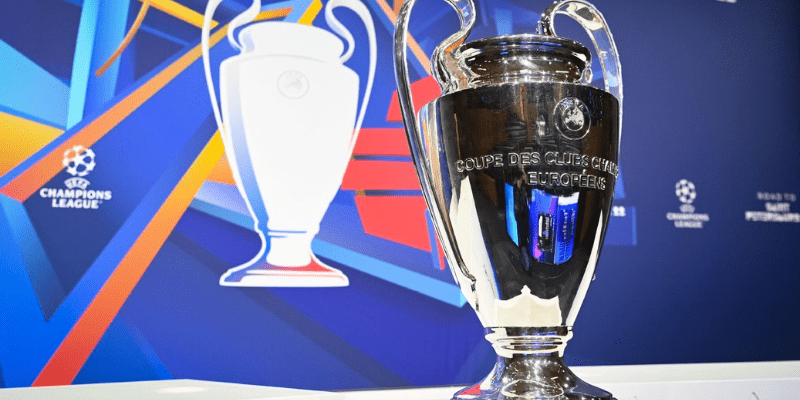
When someone asks when was UCL created, it’s tempting to collapse the European Cup and Champions League into one. But there are distinct differences worth noting:
- Name & Branding
- The name “Champions League” first appeared in 1992. Before that, the competition was universally called the European Cup.
- Format
- Pre-1992: pure knockout ties.
- Post-1992: group stages + knockout rounds, allowing for more matches and more complexity.
- Entrants
- Originally: only national champions.
- Later: runners-up, third and fourth placed teams.
- Revenue & Scale
- The Champions League era brought exponential growth in sponsorship, TV rights, and global reach.
In short: the European Cup laid the foundations; the Champions League built the cathedral.
Legends, Records, and Legacy
Even though the name and format changed, the lineage ties both frameworks. Many clubs count European Cup trophies alongside Champions League titles in their totals.
- Most titles: Real Madrid has dominated across both eras, with their trophy cabinet overflowing.
- Memorable finals: Classics like Liverpool vs. Milan (2005), Barcelona vs. Manchester United (2009), and more continue to make history.
- Players across eras: Legends such as Alfredo Di Stéfano, Johan Cruyff, Franz Beckenbauer in the European Cup era; compared to Zidane, Messi, Ronaldo, Mbappé in the Champions League age.
The echoes of the old cup still resonate. The prestige carried across the transition because the spirit of continental excellence remained intact.
Answering The Query: When Was UCL Created?
To offer a crisp, SEO-friendly answer:
- If by “UCL” you mean the UEFA Champions League as a branded competition, it was created in 1992, starting with the 1992–93 season.
- If you trace its roots to its earliest form, the European Cup debuted in 1955.
KorKick leans toward the 1992 date when discussing UCL in modern context—but both dates matter in football history.
Why This Answer Matters
Understanding when was UCL created isn’t just trivia—it helps fans appreciate football’s evolution:
- The shift from knockout purity to group strategy
- The commercialization wave reshaping club power
- The structural changes that shaped modern competition
For football fans, history gives context to debates: “Is this format too inclusive?” or “Did the change cheapen the competitive spirit?” Knowing the origin strengthens those arguments.
Final Thoughts
When was UCL created? That question holds a dual answer: 1992 as the birth of the Champions League, and 1955 as the origin of its predecessor, the European Cup.
At KorKick, we believe that history gives us perspective. Knowing both dates helps you speak intelligently—whether debating formats or reflecting on legends.
Now, what next? Dive deeper:
- Explore profiles of the Champions League’s all-time great players
- Compare the most iconic finals across eras
- Track how the current format might evolve
Return to KorKick anytime you need stats, stories, or sharp analysis.


